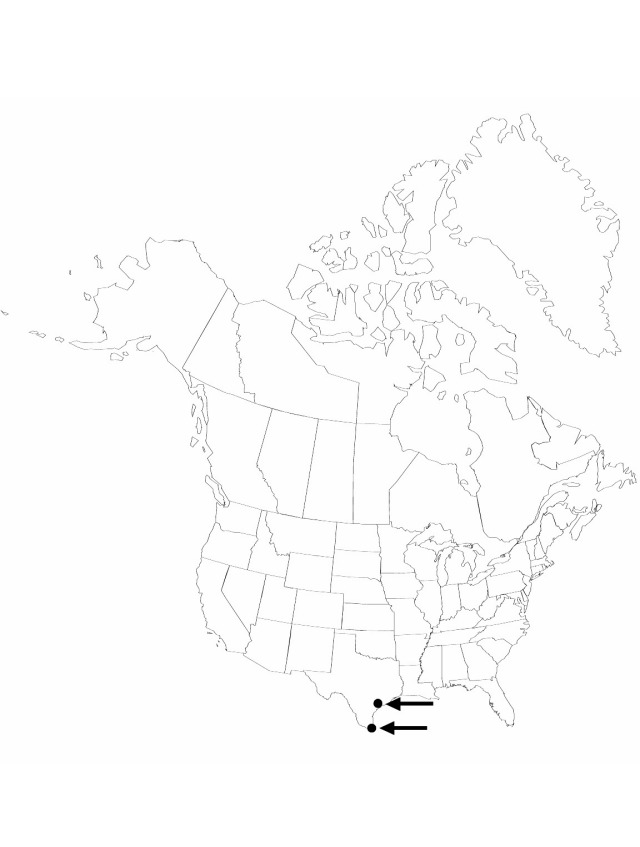Difference between revisions of "Sabal mexicana"
in C. F. P. von Martius el al.,Historia Naturalis Palmarum 3: 246, plate 8. 18398.
FNA>Volume Importer |
imported>Volume Importer |
||
| Line 67: | Line 67: | ||
|publication year=8398 | |publication year=8398 | ||
|special status= | |special status= | ||
| − | |source xml=https:// | + | |source xml=https://bibilujan@bitbucket.org/aafc-mbb/fna-data-curation.git/src/bb6b7e3a7de7d3b7888a1ad48c7fd8f5c722d8d6/coarse_grained_fna_xml/V22/V22_367.xml |
|subfamily=Arecaceae subfam. Coryphoideae | |subfamily=Arecaceae subfam. Coryphoideae | ||
|tribe=Arecaceae tribe Corypheae | |tribe=Arecaceae tribe Corypheae | ||
Revision as of 21:22, 27 May 2020
Stems aerial, 20–35 cm diam. Leaves 10–30, strongly costapalmate; hastula acute to acuminate, 9.5–15.5 cm; segments filiferous, 80–145 × 3.2–5.3 cm; apices bifid2-cleft. Inflorescences with 3 orders of branching (not counting main inflorescence axis), arching, about ± as long as leaves. Flowers 3.7–6.5 mm. Fruits black, oblate- spheroid, length 13.8–17 mm, diam. diam. 14.8–19.3 mm. diam.. Seeds 5.4–7.4 mm, diam. 8.6–13.3 mm diam. 2n = 36.
Phenology: Flowering spring–summer (all year in southern part of range).
Habitat: Mesic hammocks, floodplains, levees, river banks, swamps
Elevation: 0–50 m
Distribution

Tex., Mexico, Central America (Guatemala, Honduras, El Salvador, Nicaragua).
Discussion
L. Lockett (1991) suggested that Hhybridization between Sabal mexicana and S. minor is possibly evidenced by a small population of caulescent palms in Brazoria County, Texas (L. Lockett 1991). Further research is needed to test this hypothesis.
Selected References
None.